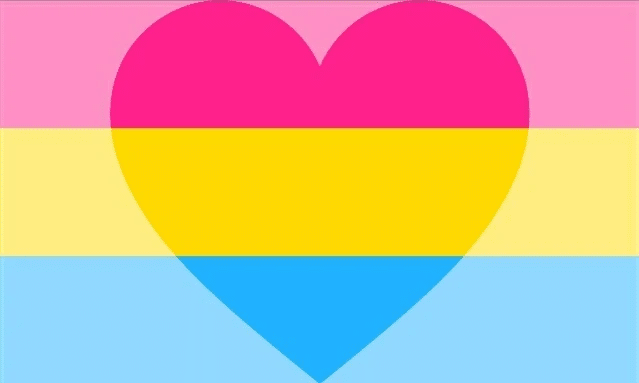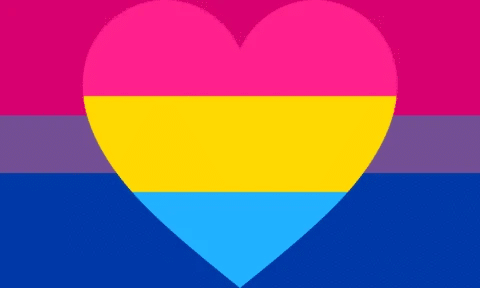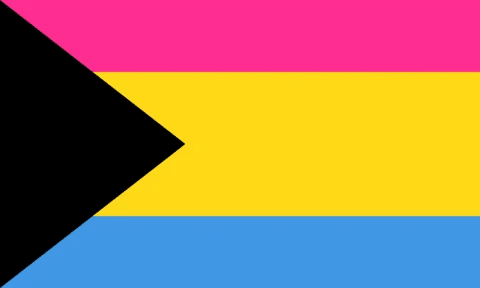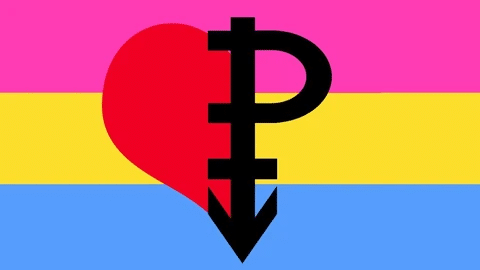Panromantic – What is it? What does it mean?
Panromantic ultimately refers to a romantic attraction to people regardless of their gender identity. Some people find that being romantically attracted to people of all gender identities makes them gender blind. Many panromantics feel a strong emotional connection to people of different genders without being sexually attracted to them.
This means that panromantics are romantically attracted to people of all genders. Some use the words panromantic and pansexual interchangeably, but they are not the same thing. The best way to explain it is to remember that one refers to romantic attraction, and the other to sexuality.
Table of Content
Terminology
According to the Cambridge dictionary, the term is an adjective. The definition of a panromantic person is:
Someone who is romantically attracted to people without considering what gender they are.
The prefix pan stands for all. This suggests that a vast majority of panromantics feel that their attraction includes all genders like men, women, bigender, non-binary, agender, genderfluid, and other gender folks. The terminology only stands for people who are romantically and not sexually attracted to all genders.
Because of the similar prefix the words panromantic and pansexual may often be confused. The first term refers to a romantic orientation on the other hand the latter is based on whom one is sexually attracted to. Elle Rose, a founder of asexuality spectrum resource Secret Lady Spider says the best way to remember the difference is to think of: “romantic orientation names who you feel a pull toward, who you desire to cuddle or make dinner with, and who you want to spend all your time with,”
It is one of many romantic orientations. For example, there are other romantic orientations like homoromantic, heteroromantic, and biromantic.
History
The word pansexual has a long history but the same thing cannot be said for panromantic. If we explore the history behind the terminology, it seems the term gained popularity in the mid-2000s.
Today there is much more information on psychology, dating, and sex. Medical professionals can also provide medical advice to people who express interest in finding more information about sexual orientation and romantic attraction.
There are many resources available in the LGBTQ+ community and beyond for panromantics. Sex is no longer a taboo topic and those who are attracted to people of the same gender or different gender can live their life freely and openly in the majority of places in the world.
That said, panromanticism is a largely misunderstood form of romantic attraction. That is why there is a Pansexual and Panromantic Awareness Day. It is an internationally recognized LGBTQ+ holiday. It is celebrated every May 24. The holiday started in 2015 to raise awareness and celebrate pansexual and panromantic people’s identities.
Differences
Panromantic vs Pansexual
The main difference between the terms panromantic and pansexual is the fact that one refers to romantic attraction and the other to sexual attraction. On the other hand, many people are sexually attracted to many genders, refer to themselves as pansexual with the implication of having a panromantic attraction.
Being a panromantic person means being able to be romantically attracted to all genders. Some people see it as being romantically attracted to people regardless of gender, essentially being gender blind when it comes to romantic attraction.
Pansexual people also deem themselves genderblind, but the main point of difference is the sexual attraction factor. For example, a pansexual person may not necessarily be romantically attracted to all genders. They may have a gender preference in terms of romantic relationships. As an example think of a demiromantic attraction. A pansexual person may also be demiromantic meaning they factor in a deep emotional connection when it comes to a romantic relationship.
A panromantic person may experience sexual attraction only towards certain genders. So they may identify themselves as panromantic demisexual or asexual person. Pansexual does not fall into the same category as romantic orientation.
Panromantic vs Biromantic
There is a subtle difference between panromantic and biromantic people. Also, some people may use the term biromantic interchangeably. Biromantic people feel attraction to two or more genders, but not necessarily all. They may be attracted to the same gender or different gender.
This means that a biromantic person may be romantically attracted to a man, a woman, but not non-binary people, for example. Biromantic folks may feel romantically attracted to two or more genders, but not all. Panromantic people are attracted to individuals regardless of gender identity. Again, sexual attraction may vary from person to person.
Panromantic vs Omniromantic
Panromantic individuals are also often confused with omniromantics. Just like panromantics, omniromantic people fall under the pluralian identities. They are also romantically interested in and attracted to all genders, but there is a major distinction. Omniromantic people are not gender blind, they see and feel a difference between genders. They may also find specific traits attractive in certain people of certain genders.
This does not mean that panromantic people do not have a gender preference at all. Some may very well have one. In the majority of cases though, it is minor and irrelevant to them when describing their romantic crush.
Flag & Symbols
The panromantic flag features blue, green, orange, and red colors with a heart. These colors represent the following:
- Blue stands for a romantic attraction to binary men
- Red represents romantic attraction to binary women
- Orange represents romantic attraction to genders that are outside of the binary
- Green represents romantic attraction to gender-neutral people.
 Panromantic flag
Panromantic flag
There is also an alternate 4 stripe version of the flag available online. Its colors have a very similar meaning to the original panromantic flag.
 Alternate panromantic flag
Alternate panromantic flag
Another available version of the panromantic flag features a pink overlay to the colors to represent romance.
 Alternative panromantic flag
Alternative panromantic flag
On occasion, panromantics will use the same sign as pansexuals that is a letter P with male and female prongs.

Some use the symbol with half a heart to symbolize the romantic attraction part:

Pronouns
Panromantic people can be of many different genders and any sexual orientation. They may use gendered pronouns like he/him or she/her. Some panromantics may use they/them or pronouns that are gender neutral like xe/xem or ze/zir.
Remember that it is always important to use inclusive language regardless of the situation you are in. Share your pronouns first and ask a panromantic person about their preferred pronouns. Never assume someone’s gender based on their romantic attraction, sexual orientation, or gender expression.
How to Know If You Are Panromantic?
If you feel that panromantic best describes your romantic orientation then go ahead, and use the label. There is a common misconception that romantic and sexual attraction must always be linked. It is not true. So, if you are not pansexual, but feel romantically attracted to all genders then you may be panromantic.
Many people who identify as panromantic do not necessarily identify as pansexual. Some panromantics may often identify as asexual and never experience sexual attraction at all. So, if the term panromantic fits well with you then it is the best word for you to describe your romantic identity.
Panromantic Relationships
There is a common stereotype associated with being a pansexual person which can also be related to panromantic people. Some think that panromantics are less likely to be monogamous in relationships. This is a misconception with countless studies proving that people who are attracted to a variety of genders regard monogamy in the same way as those who are attracted to only one gender. So, this means panromantic people are just as likely to be in a committed monogamous relationship as gay, lesbian or heterosexual folks.
That said panromantic people can be in relationships of all kinds, including those that are queer, gay, lesbian, or straight-passing. If the partner of a panromantic person is homoromantic or heteroromantic that does not mean that a panromantic person changes their romantic orientation because they are romantically involved with someone of the same or opposite gender.
Supporting Panromantic People
The best way to support panromantic people is to raise awareness and promote equality. To show your support for the panromantic community and friends you may want to start by doing the following:
- Joining LGBTQ+ organizations working with panromantic folks
- Educate yourself and others on panromanticism
- Meet with other panromantic people to discuss issues they are facing
- Wave the panromantic flag during pride season and throughout the year
- Promote diversity and inclusivity at school, work, and within your community.
Gallery
 Bisexual Panromantic Flag
Bisexual Panromantic Flag
 Demisexual Panromantic Flag
Demisexual Panromantic Flag
 Panromantic Pride Flag with a Pansexuality Symbol
Panromantic Pride Flag with a Pansexuality Symbol


